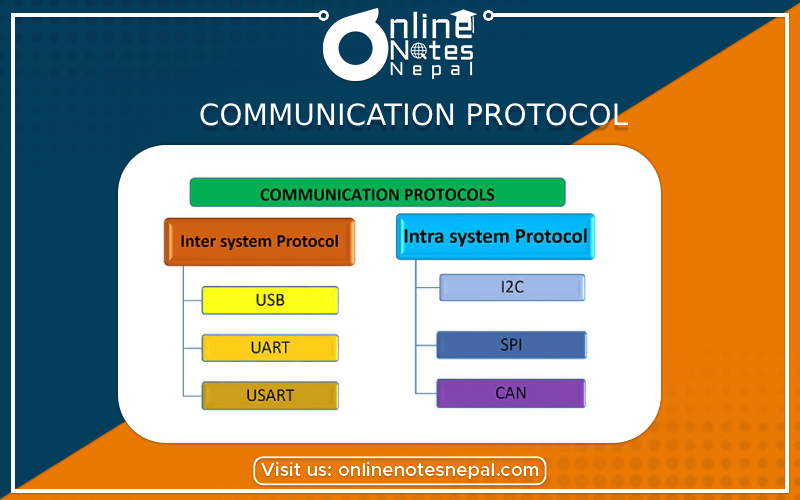Published by: Sujan
Published date: 18 Jun 2021

Communication Protocol is a network term used to indicate the set of rules used by a network for communication. All the computers connected to the network use the protocol software. The communication protocol is implemented in hardware & software. The network communication protocol is organized as a stack of layers with one layer built upon the other. Each layer has a specific function and interacts with the layers above and below it
Needs of Protocol
The International Standards Organization (ISO) has developed a seven-layer reference model for data networks, known as Open System Interconnection (OSI) model. The OSI model specifies the functions of each layer. It is independent of the underlying architecture of the system and is thus an open system.
The seven layers of the OSI model are: —
{PHOTO}
Physical Layer(Layer-1)
This layer specifies the basic network hardware.
Some of the characteristics defined in the specification are:—
The interface between transmission media and device, the encoding of bits, bit rate, error detection parameters, network topology, and the mode of transmission(duplex, half-duplex or simplex).
Data Link Layer(Layer-2)
This layer specifies the functions required for node-to-node transmission without errors.
It specifies the organization of data into frames, error detection in frames during transmission, and how to transmit frames over a network.
Network Layer(Layer-3)
The network layer specifies the assignment of addresses (address structure, length of address etc.) to the packets and forwarding of packets to the destination i.e. routing.
Transport Layer(Layer-4)
It specifies the details to handle the reliable transfer of data. It handles end-to-end error control and flow control, breaking up data into frames and reassembling the frames.
Session Layer(Layer-5)
The session layer maintains a session between the communicating devices.
It includes specifications for password and authentication and maintaining synchronization between the sender and the receiver.
Presentation Layer(Layer-6)
This layer specifies the presentation and representation of data.
Its functions include translation of the representation of the data into an identifiable format at the receiver end, encryption, and decryption of data, etc.
Application Layer(Layer-7)
This layer specifies how an application uses a network.
It deals with the services attached to the data.
It contains the protocols used by users like HTTP, the protocol for file transfer, and electronic mail.